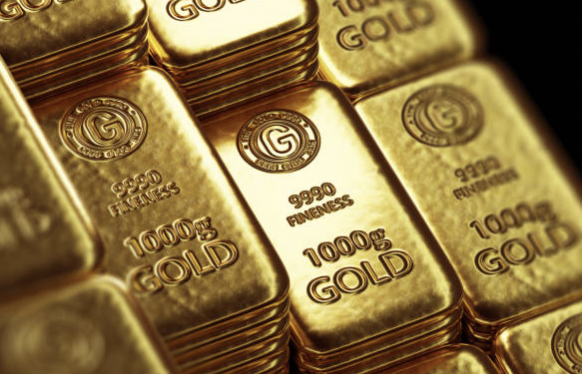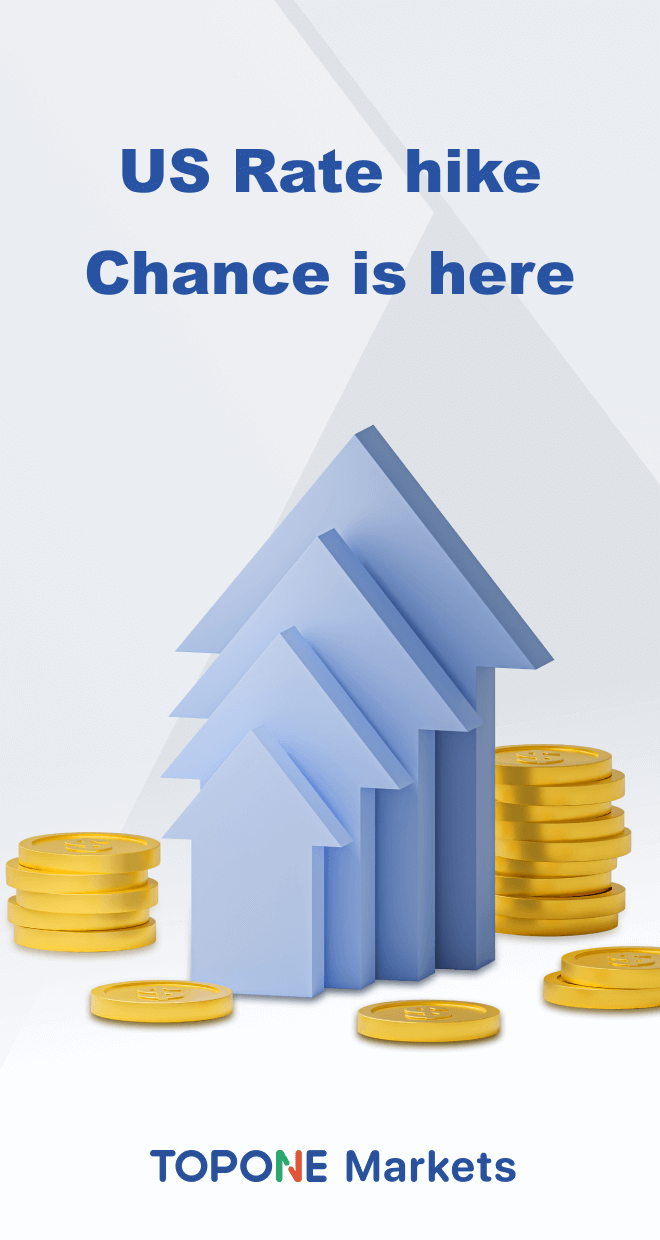
In his testimony before the U.S. Senate Banking Committee on Wednesday, Federal Reserve Chair Jerome Powell underlined the central bank’s fight against inflation. As a result, gold futures are under pressure on Thursday morning. In addition, it appears that markets are undeterred by Powell’s assertion that a recession is a genuine threat to the economy.
At 04:53 GMT, Comex gold futures for August are trading at $1834.70, a decrease of $3.70 or 0.20 percent. The SPDR Gold Shares ETF (GLD) closed Wednesday at $171.33, up $0.70 or 0.41 percent.
Wednesday, Chairman of the Federal Reserve Jerome Powell stated that 1 percent increases were a distinct possibility. This serves as a stark reminder that gold prices may be subject to more pressure.
When questioned by a member of the Senate Banking Committee if the Fed might raise interest rates by up to 100 basis points simultaneously, Powell stated that he would never rule out any option and that officials would take whatever steps were necessary to restore price stability.
In recent weeks, investor mood has been affected by worries about a probable recession. Wednesday, Federal Reserve Chairman Jerome Powell told Congress that the central bank is “firmly committed” to curbing inflation, which has reached a 40-year high. According to CNBC, investors are increasingly anxious that aggressive monetary tightening could push the U.S. economy into recession.
The Fed president told the Senate Banking Committee, “At the Fed, we recognize the difficulties that rising inflation causes.” We are resolutely dedicated to reducing inflation and are moving swiftly in that direction.
Gold prices are restrained by rumors of further rate rises from the Federal Reserve, but they are supported by fears of a recession. That constitutes a rangebound exchange.
The majority of Powell’s comments on rate rises have already been priced into gold. Thus, the recession becomes the wild card.
The decline in Treasury rates is an indicator that some speculators are banking on a recession. However, we do not observe the similar betting activity on the gold market. This may indicate that gold dealers need more convincing evidence of a recession.
It might also indicate that gold dealers desire more declines in Treasury rates prior to an upward spike. We may not have yet reached that level.
In addition, Wall Street is now only wagering on a 50/50 likelihood of a recession. Citigroup is the most recent bank to increase its recession probability to 50 percent, citing signs that consumers are beginning to reduce their spending.
Citigroup wrote in a report that “historical evidence shows that disinflation frequently imposes significant costs on economic development, and the chance of a global recession is already approaching 50 percent.”
Gold’s recent price behavior implies traders are likewise uncertain about the likelihood of a recession.
With markets oscillating between inflation and recession worries, gold prices are expected to stay rangebound for the foreseeable future.
Before making their next significant move, gold dealers want to see more information about the path of inflation and the strength of the economy. I believe they may have to wait until the July 8 release of the U.S. Nonfarm Payrolls data.




